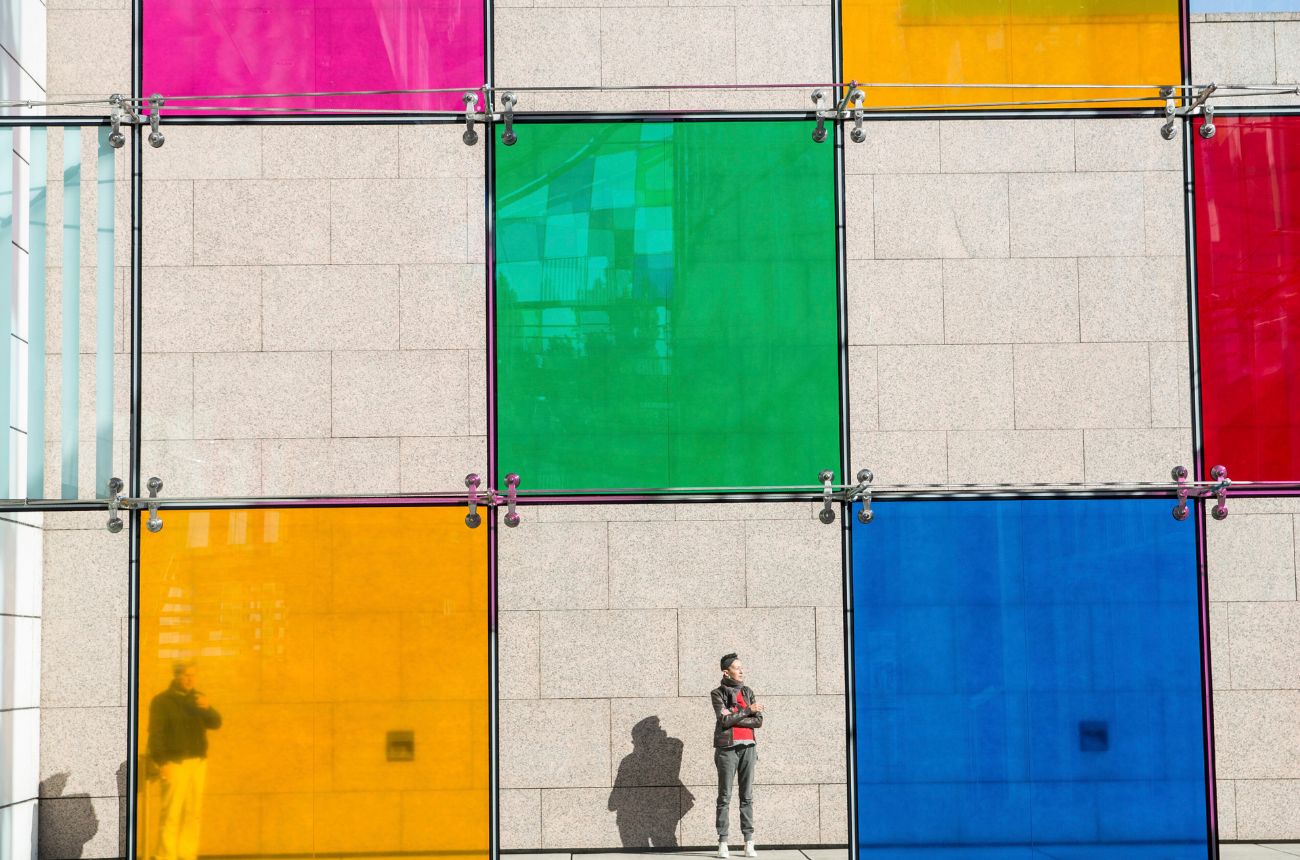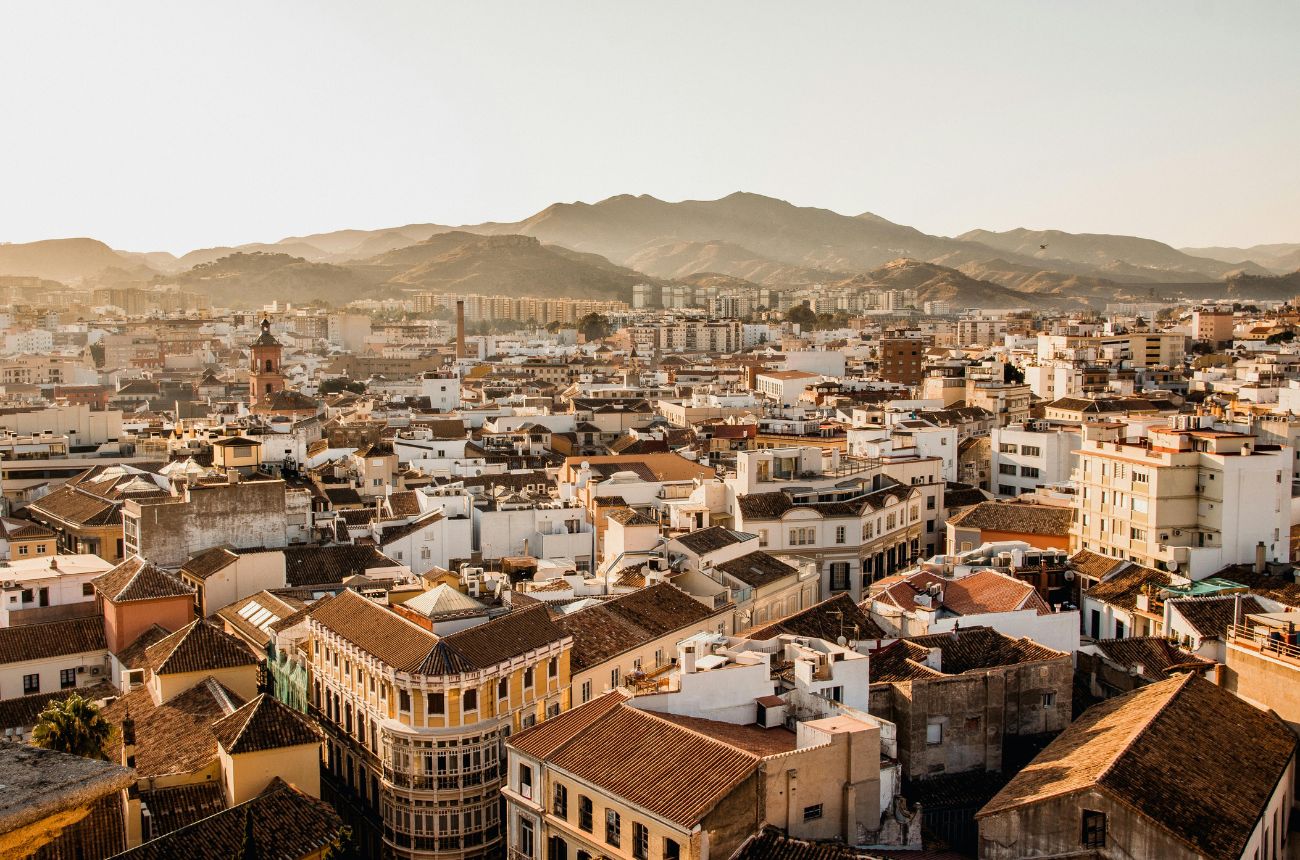Roman and Arab Influence in Málaga's Historic Center
Málaga’s old town is more than charming architecture and sunny plazas—it’s a living testament to centuries of history. The city has been shaped by many cultures, but the Roman and Arab legacies are especially visible as you walk its streets.
In this guide, we explore how these civilizations left their mark on Málaga, and how you can connect with this heritage today.

Roman Traces: Theater, Streets, and Urban Design
The ancient city of Malaca (ancient Malaga) was a flourishing Roman port. Today, you can still admire impressive relics:
- Roman Theater: Built in the 1st century BC, it’s the most important Roman monument in Málaga. Free to visit, with a small interpretation center.
👉 Include it in a private walking tour of the historic center - Street layout: Some current streets, like Calle Alcazabilla, follow the original Roman urban plan.
- Málaga Museum: Located in the old Customs Palace, it displays mosaics, sculptures, and artifacts from Roman excavations.
Arab Heritage: Architecture and Andalusian Legacy
From the 8th to the 15th century, Málaga was part of Al-Andalus, and the Islamic presence remains visible in:
- The Alcazaba: A stunning 11th-century palace-fortress with towers, gardens, and panoramic views. One of the best-preserved in Spain. You can also book our tour of the Alcazaba of Malaga and discover its Roman legacy.
- Medieval street layout: Narrow, winding alleys reflect classic Arab urban design, especially in older districts.
- Cultural elements: Decorative tiles, traditional sweets, and the use of almonds, olive oil, and spices in local cuisine reflect the Andalusian influence.
How to Experience This History Today
- Take a walking tour through the old town with a local guide.
- Explore archaeology sections in local museums. Visit our article with recommendations for the most interesting museums in Malaga.
- Taste Arabic-influenced sweets in historic cafés.
Málaga’s center is a historical tapestry woven through two millennia. The Roman and Arab influences aren’t locked behind glass—they’re alive in its stones, streets, and flavors. To truly understand the city, you need to experience that layered legacy firsthand.
🧭 Want to explore it in depth with expert insight? Check out our guided cultural tours of Málaga.

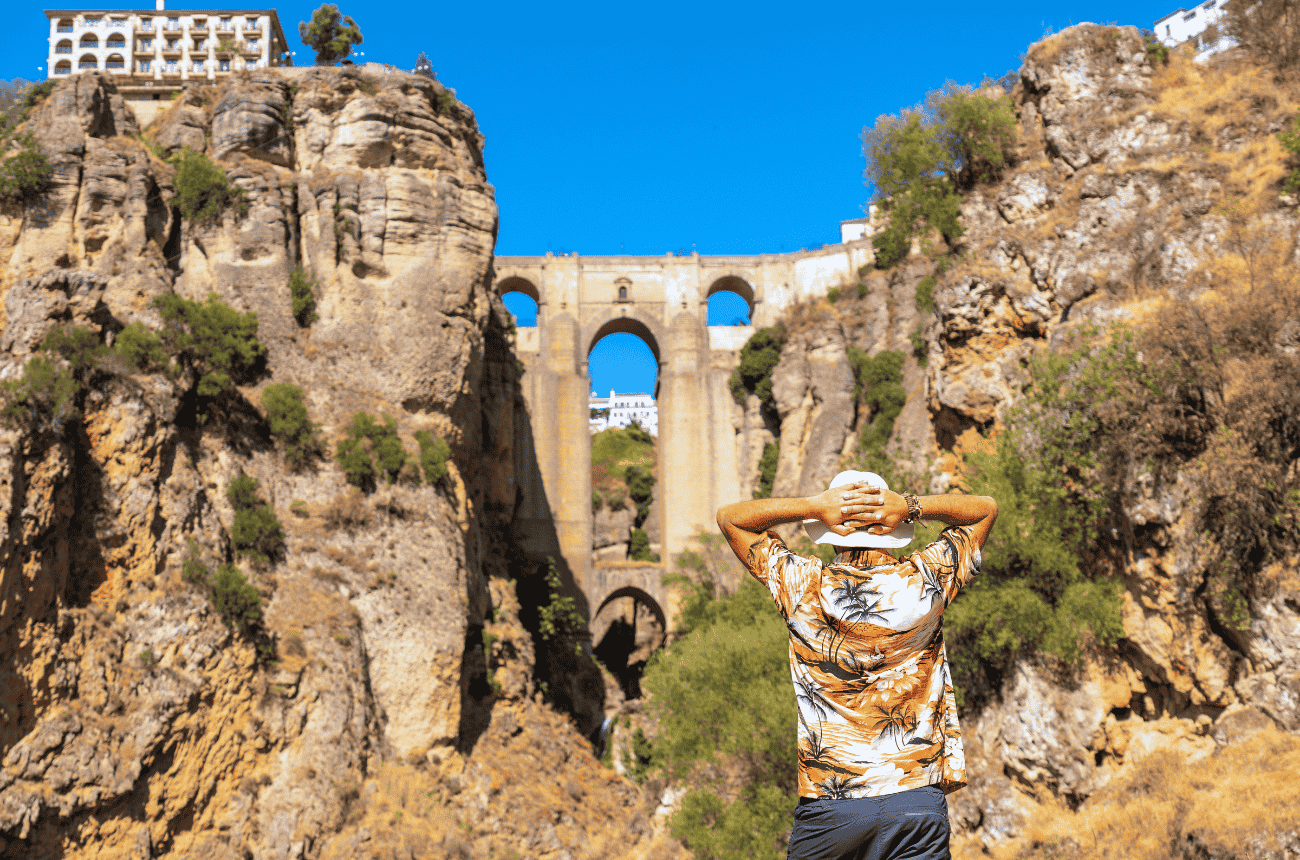
.png)


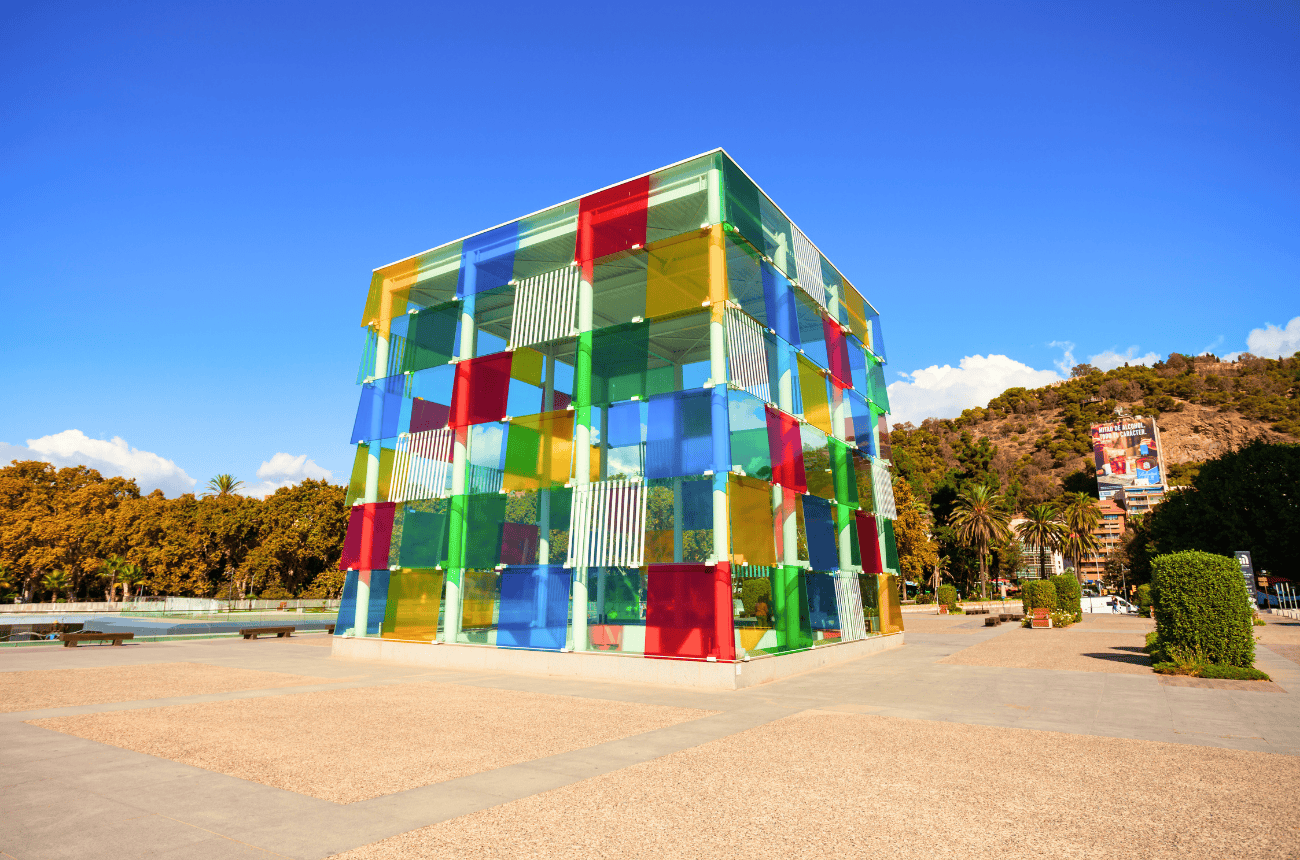
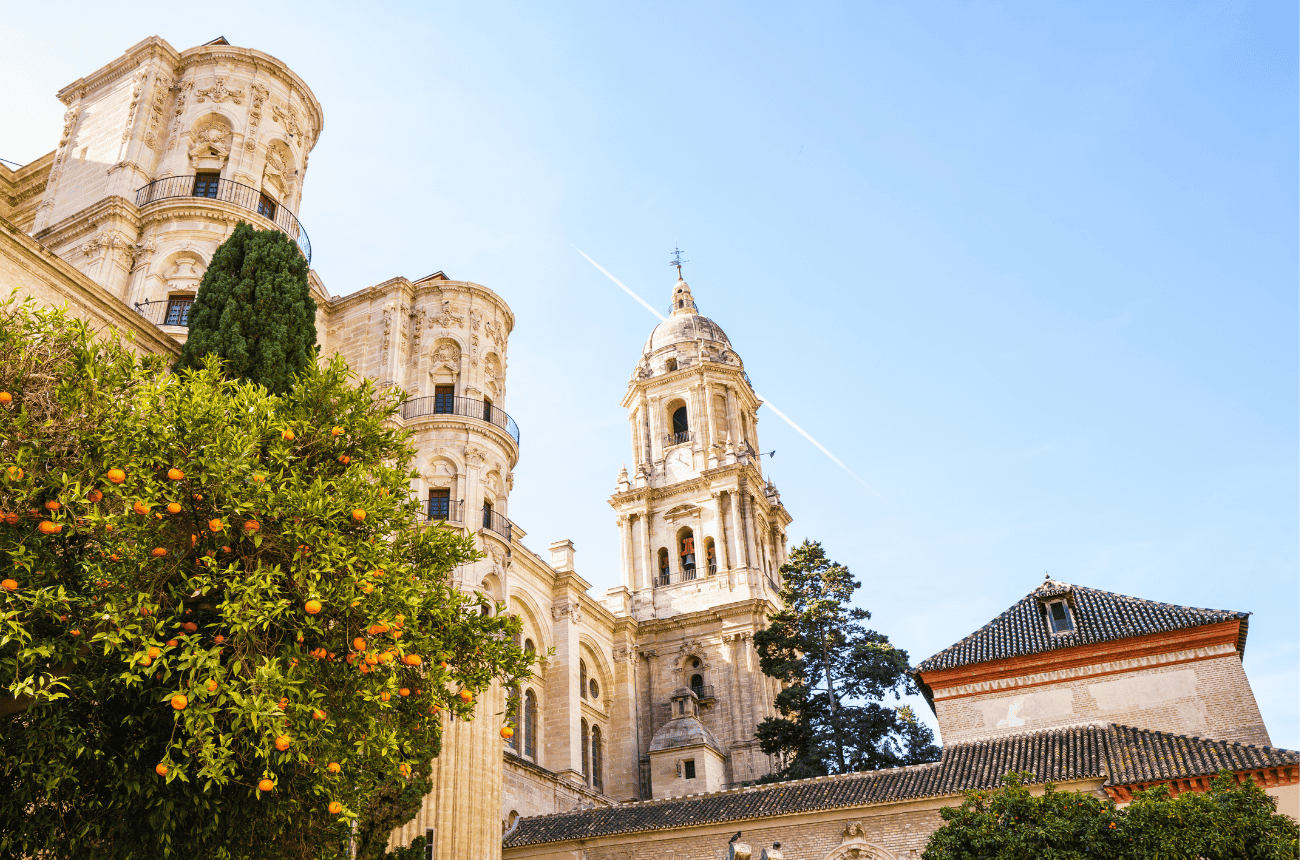
.png)
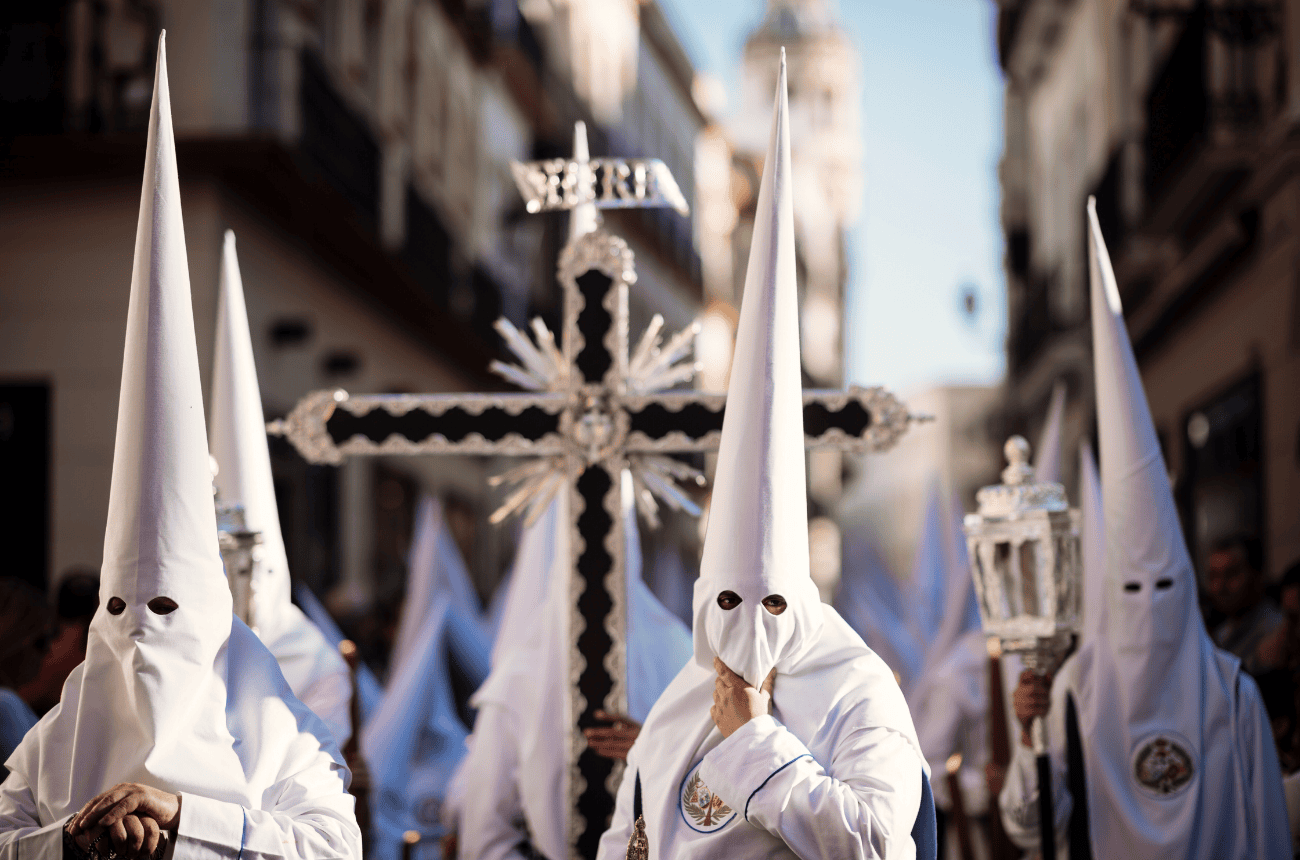

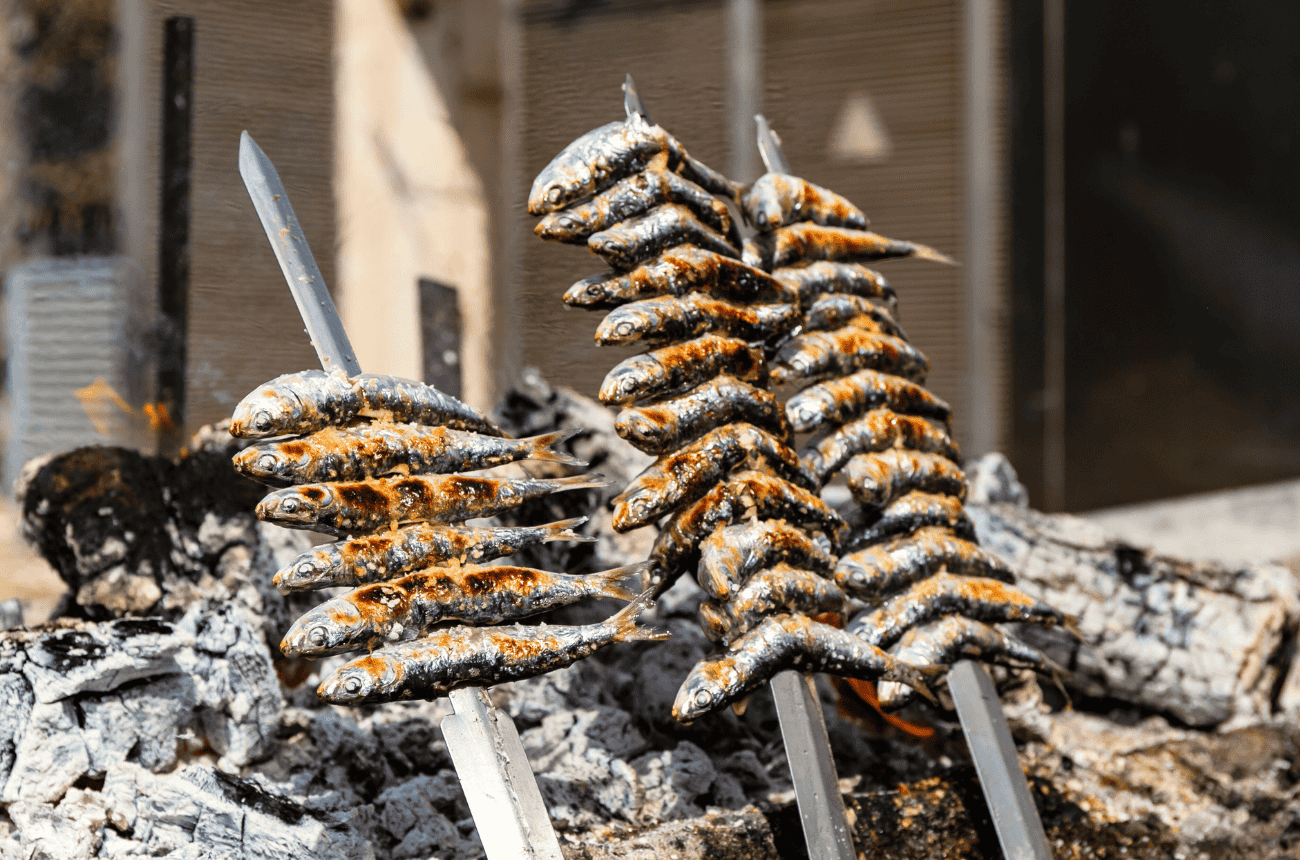
.png)

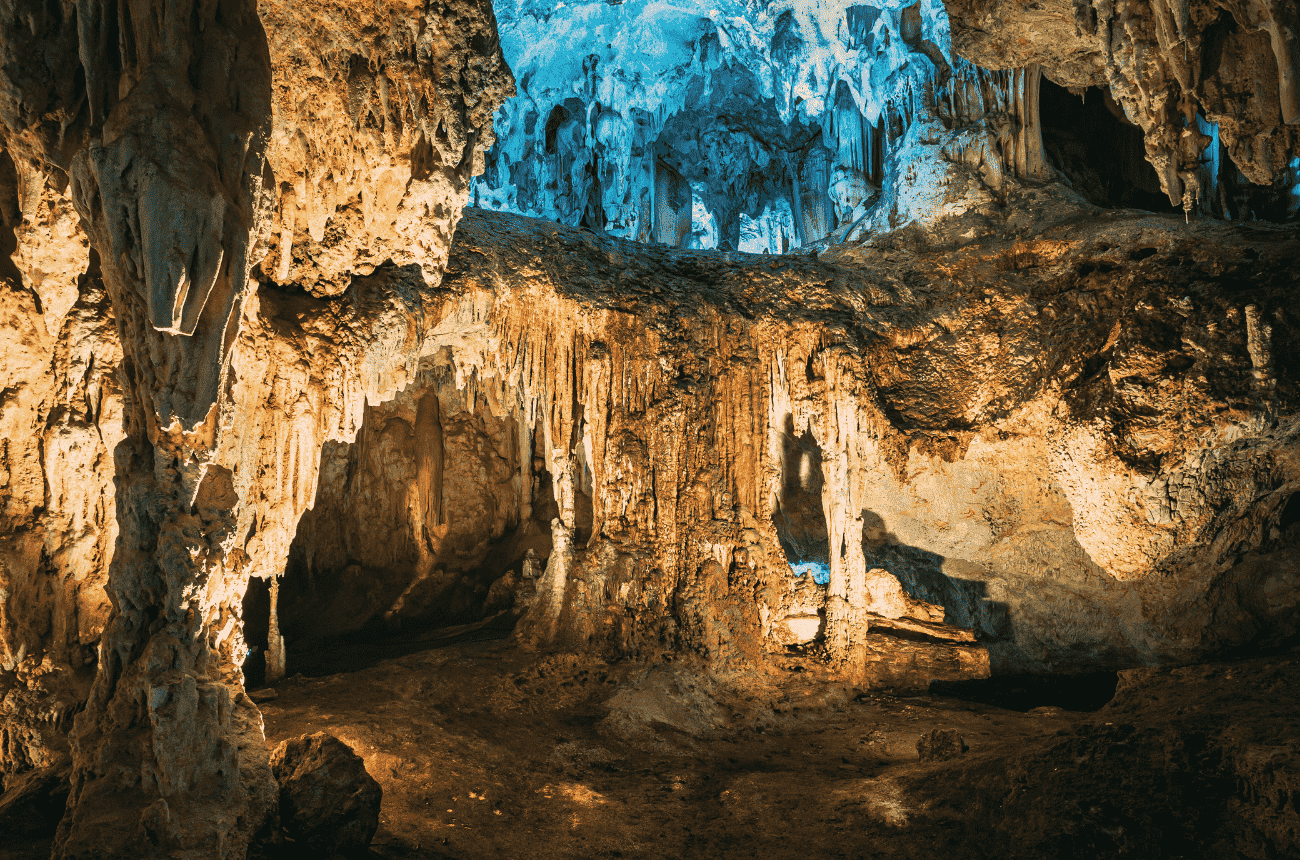

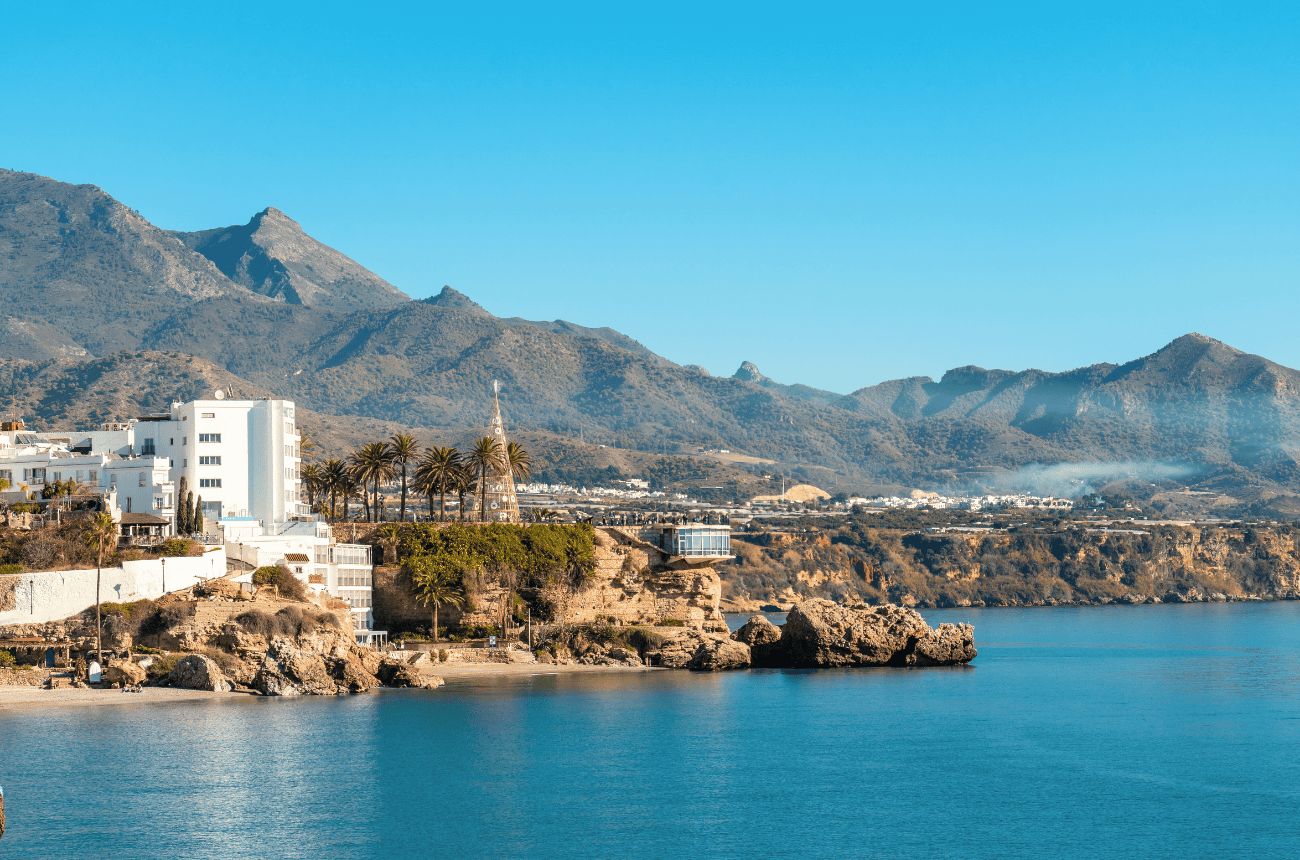
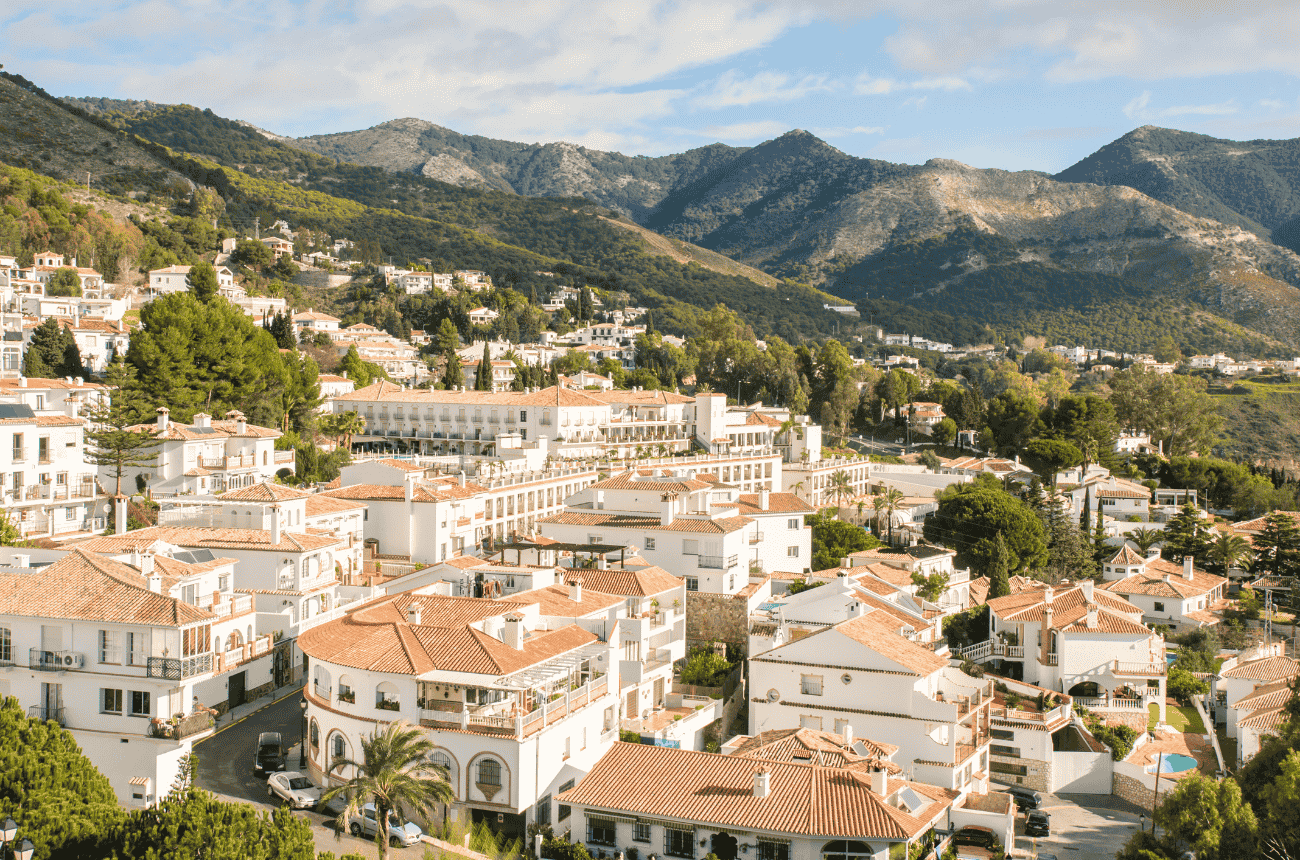
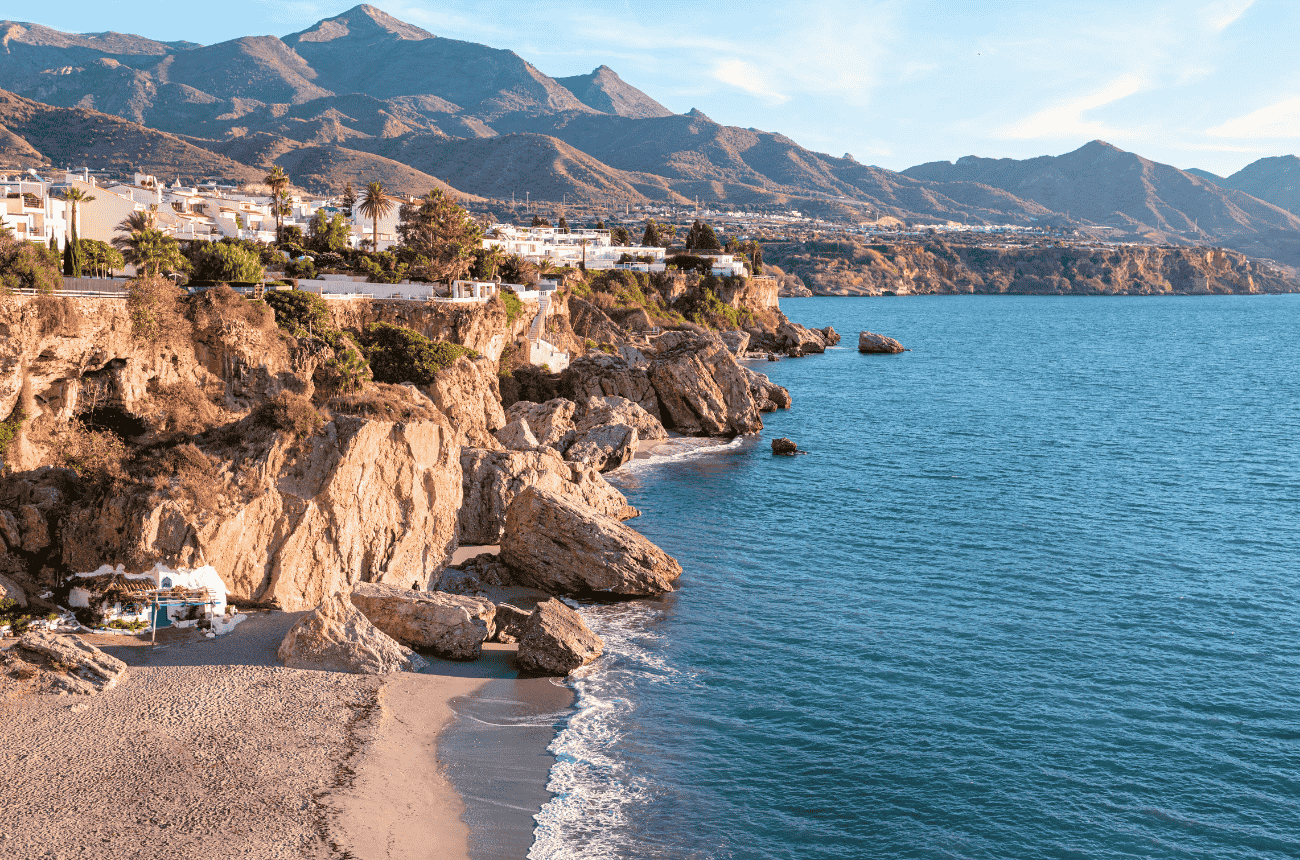

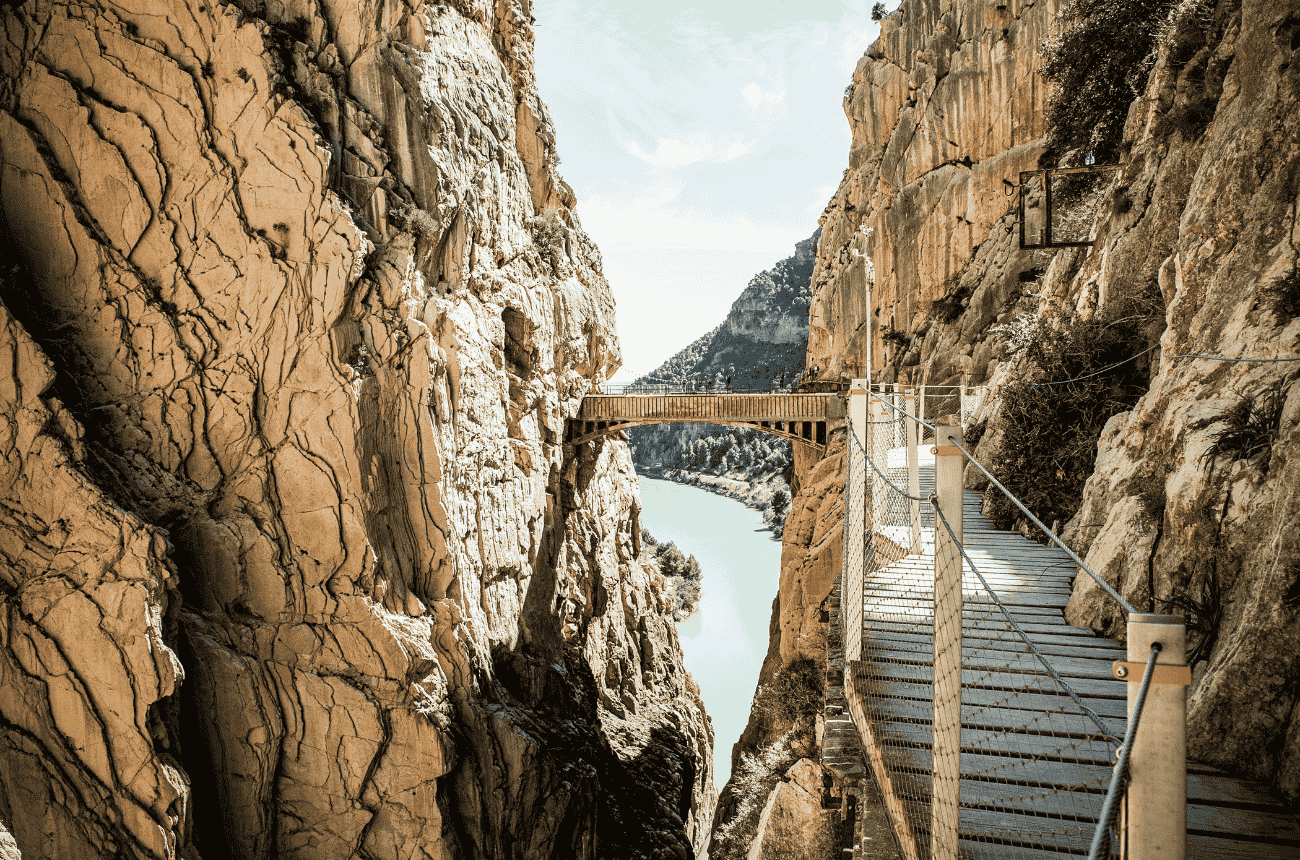
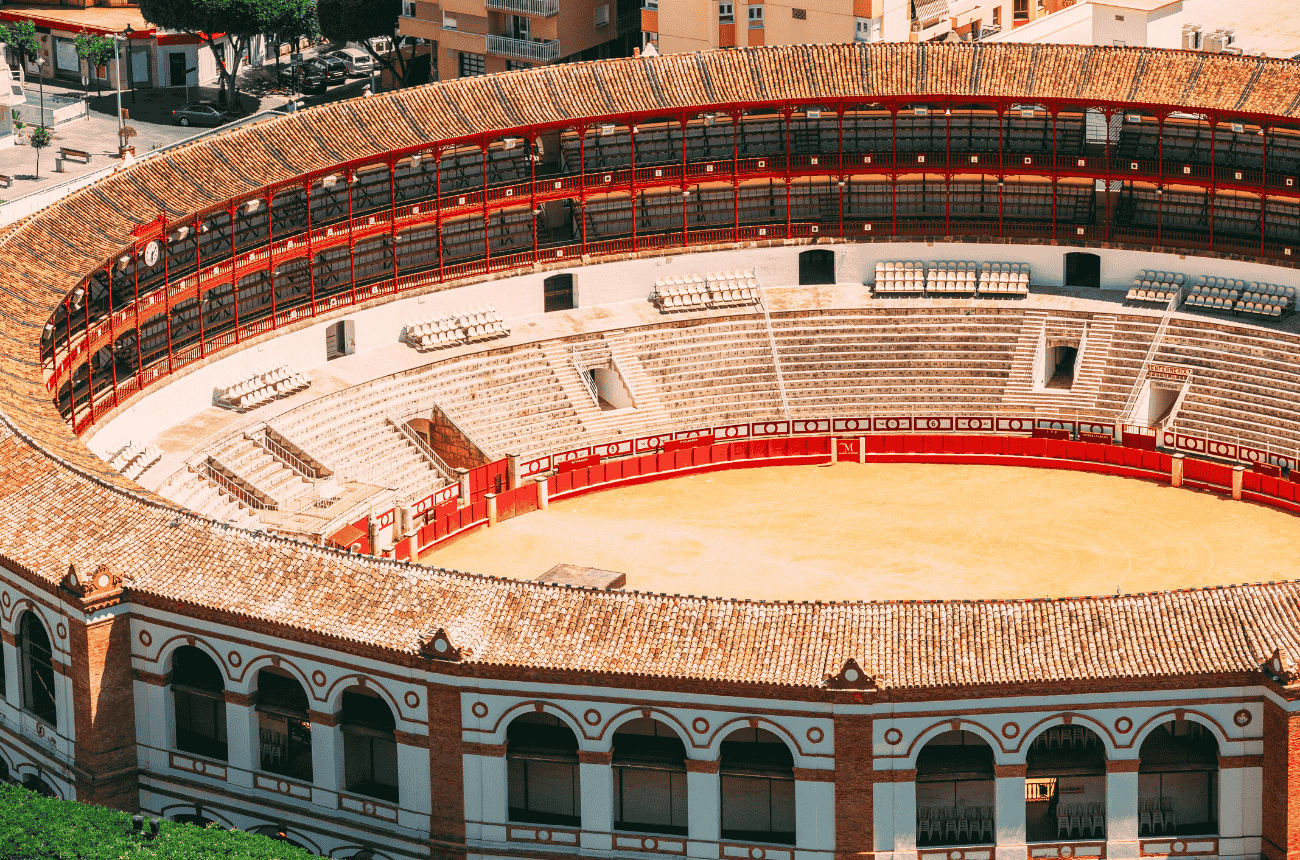
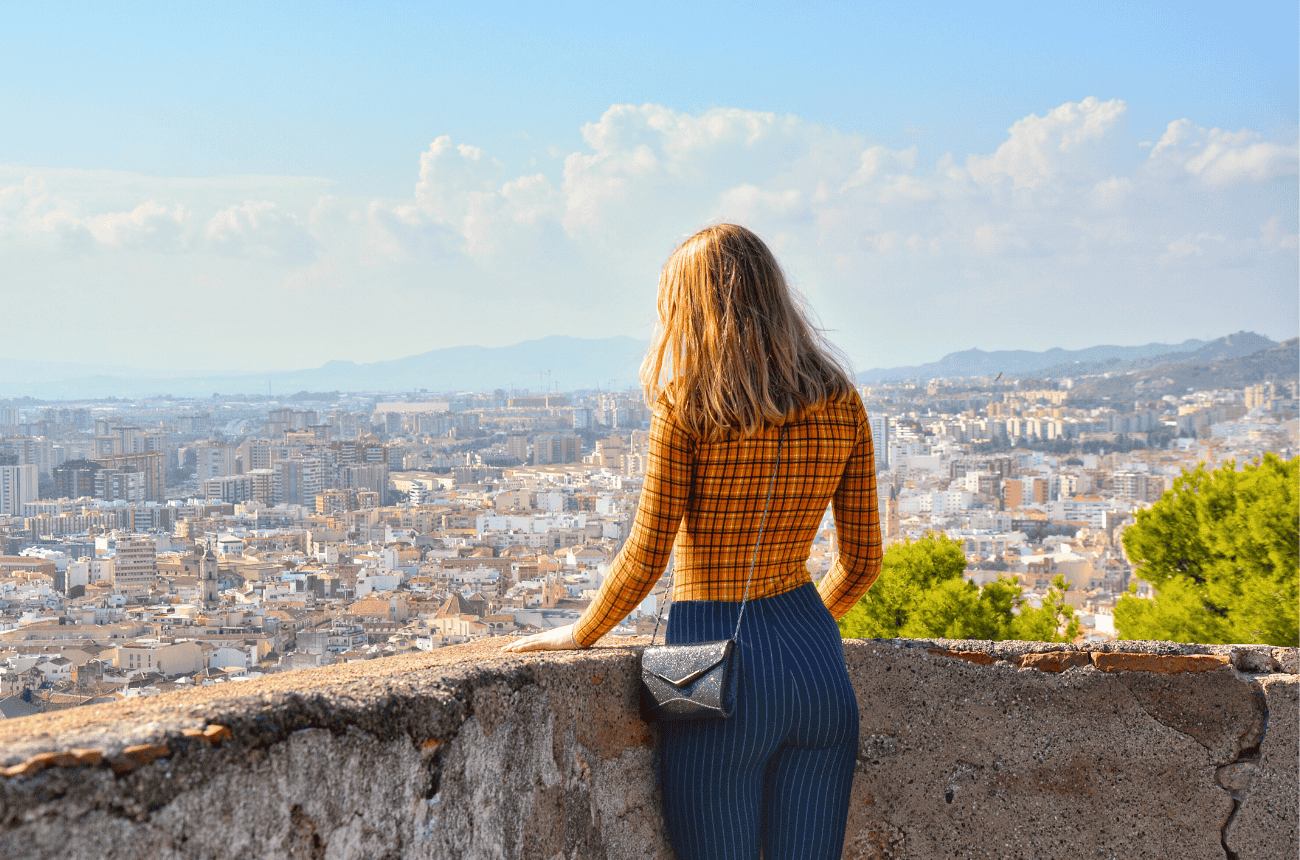
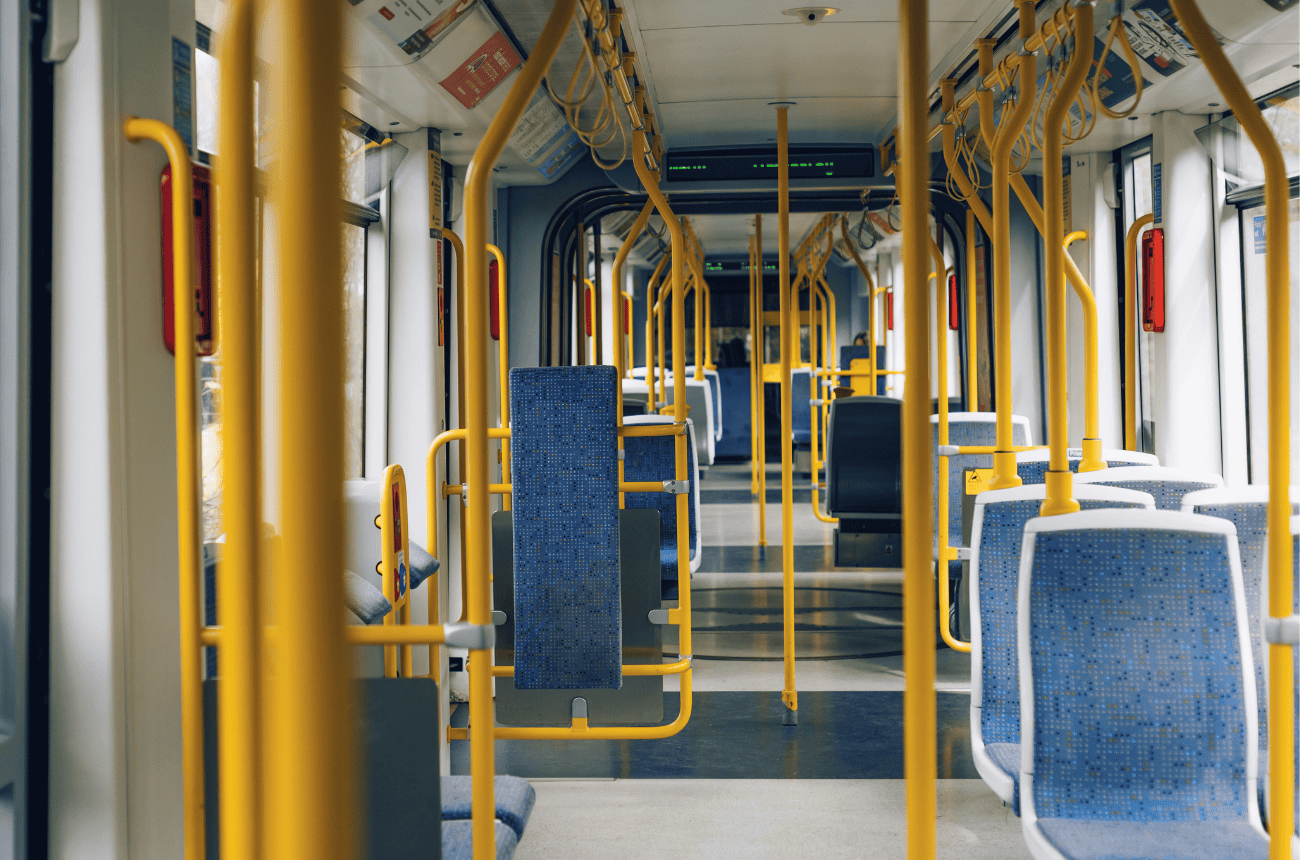

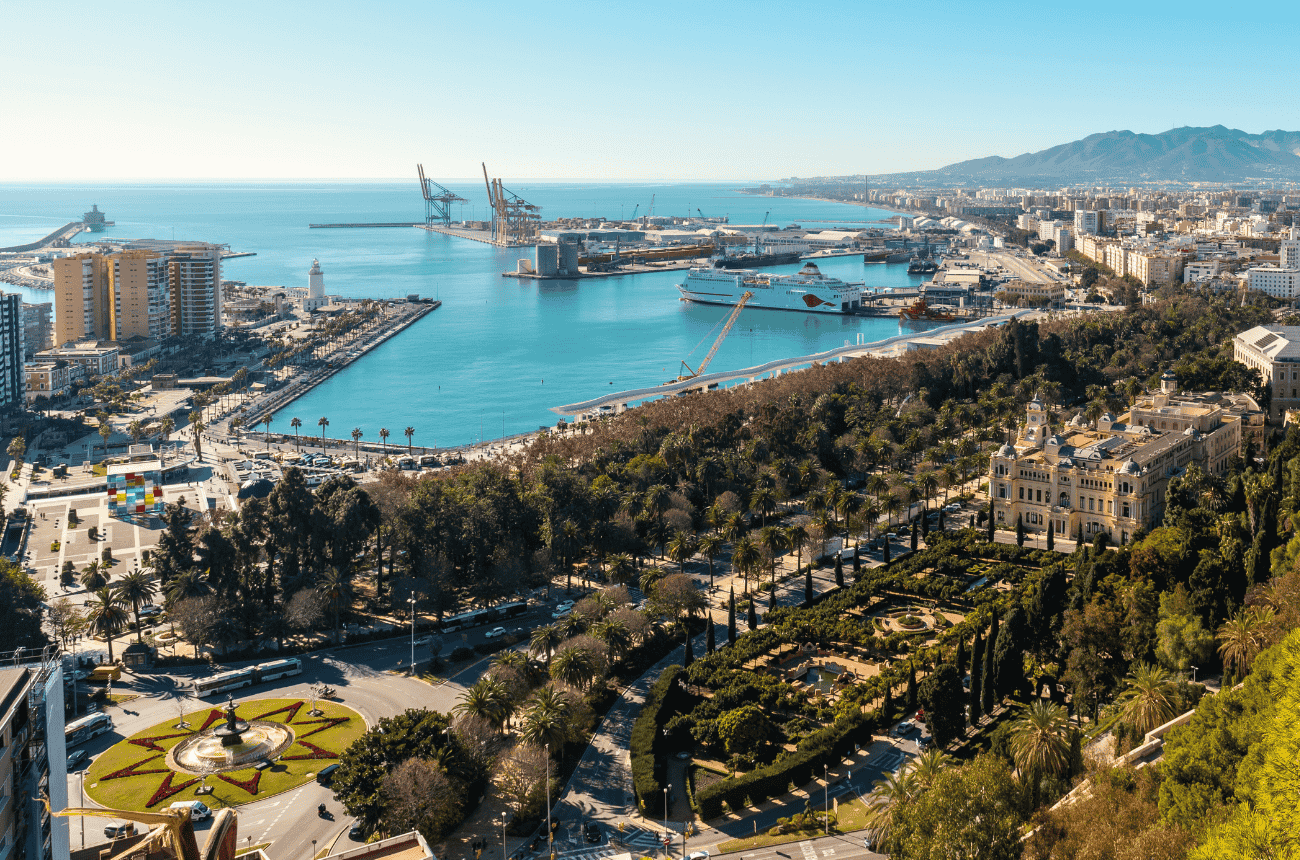
.png)

.png)
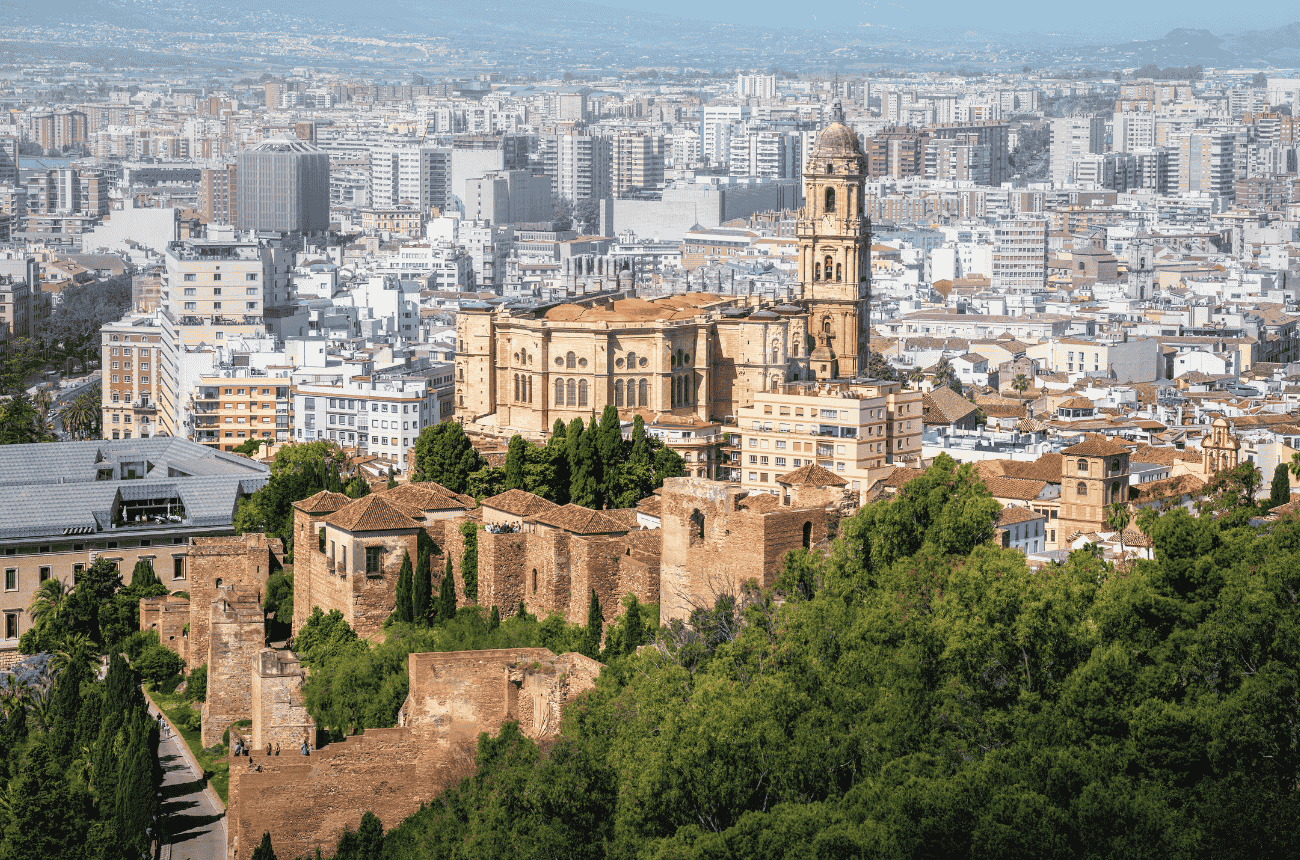
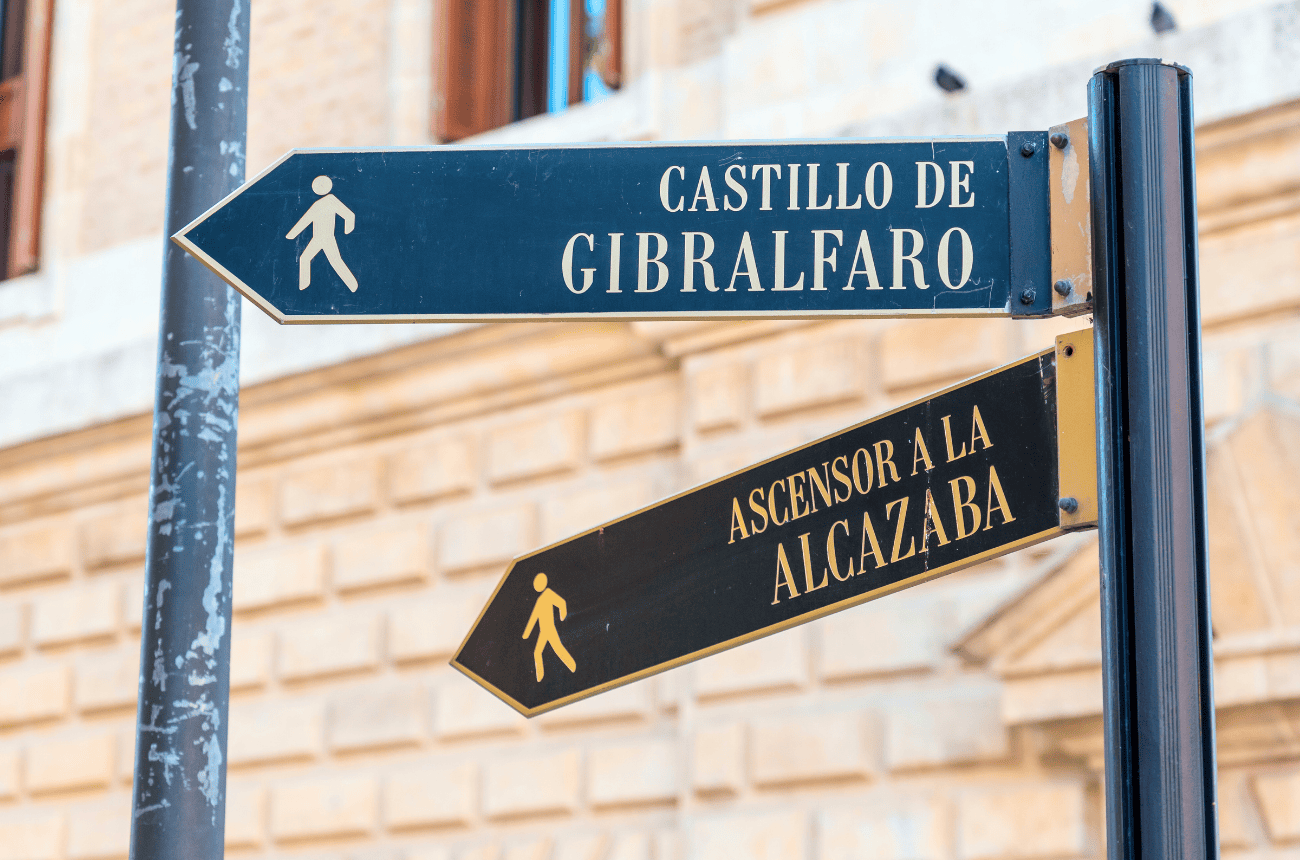
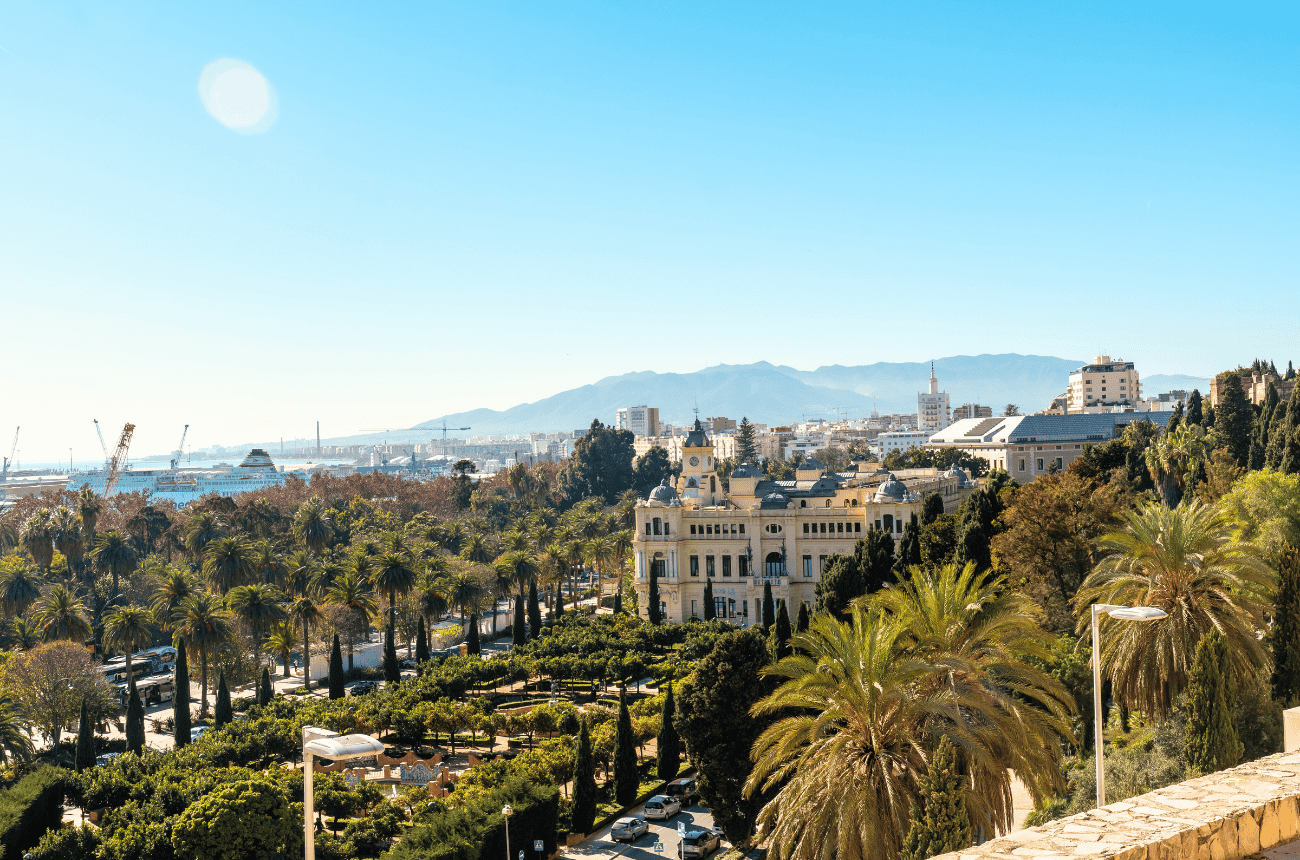


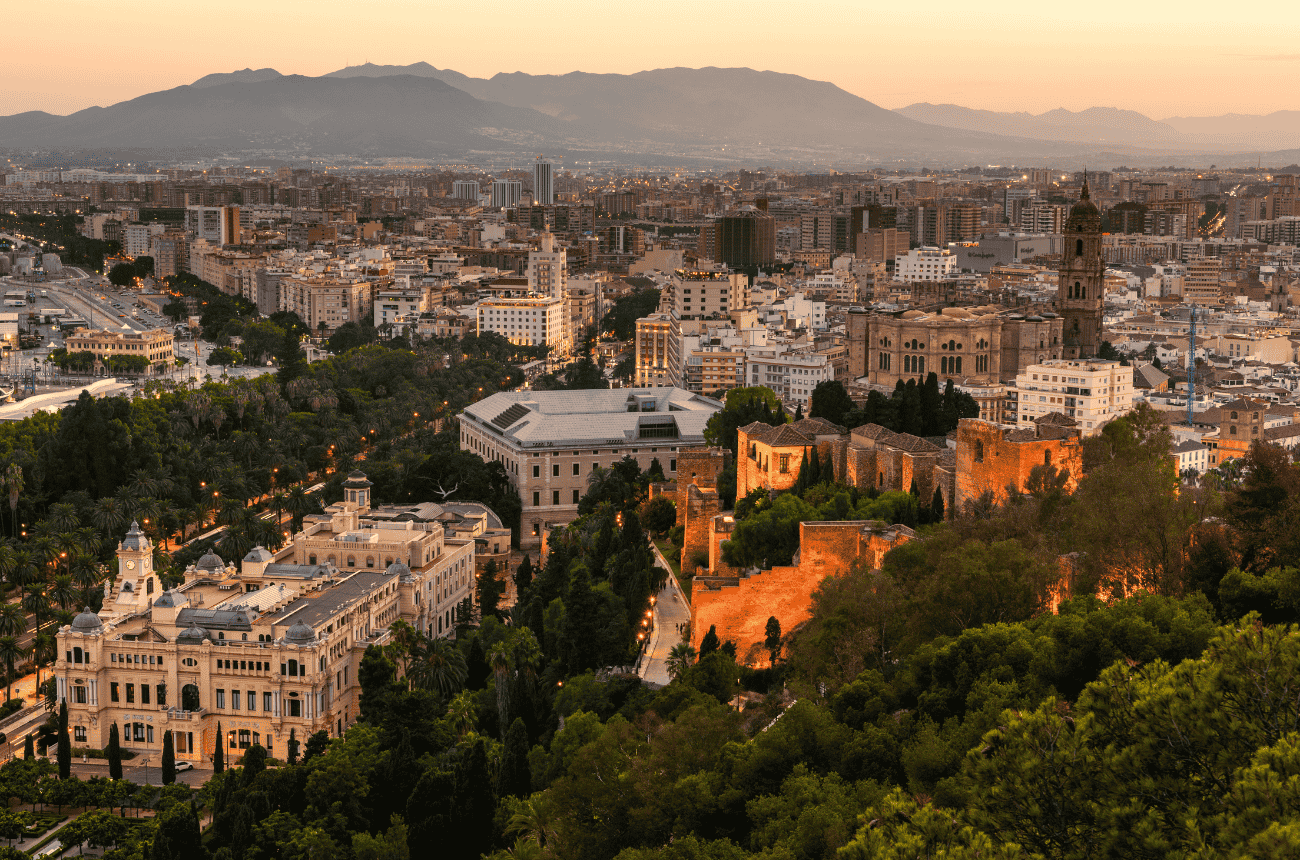

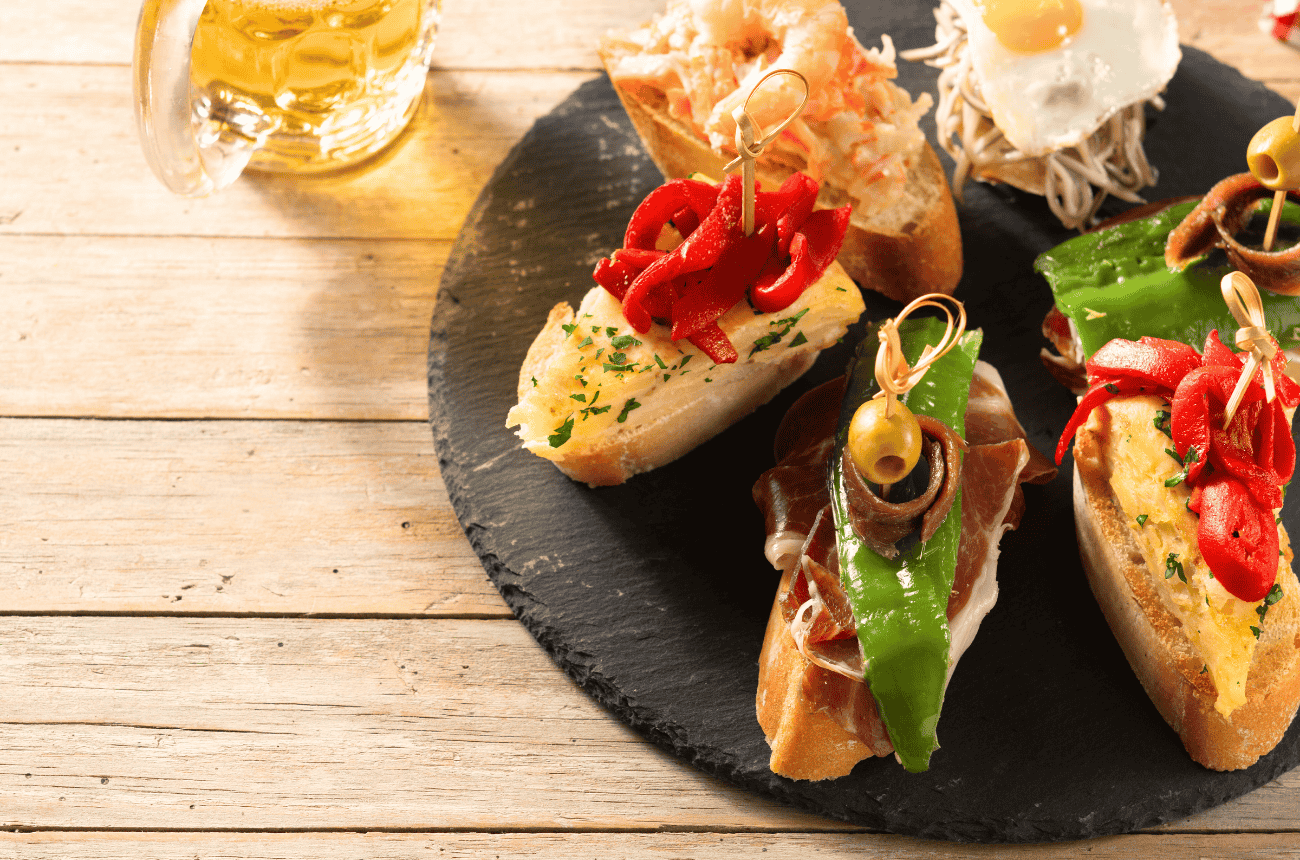
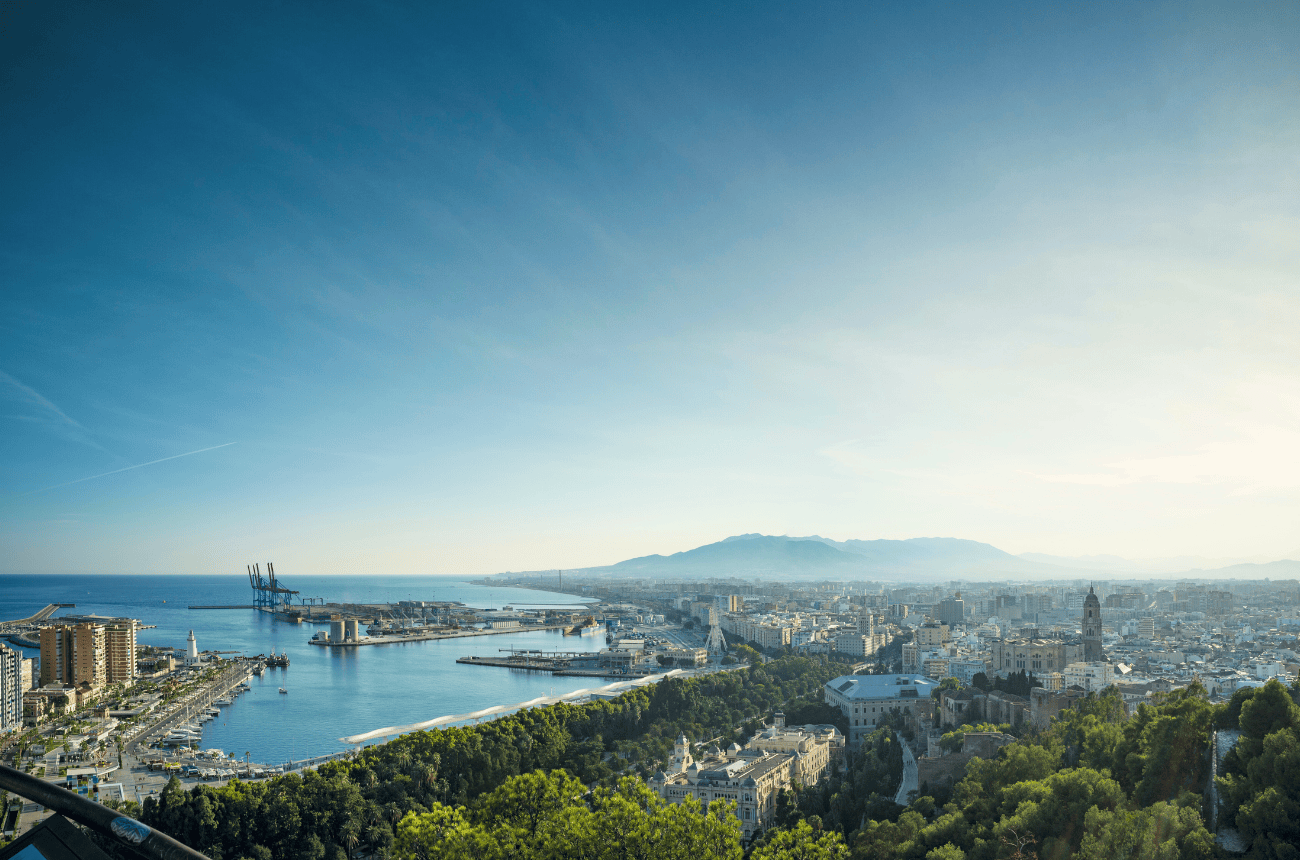
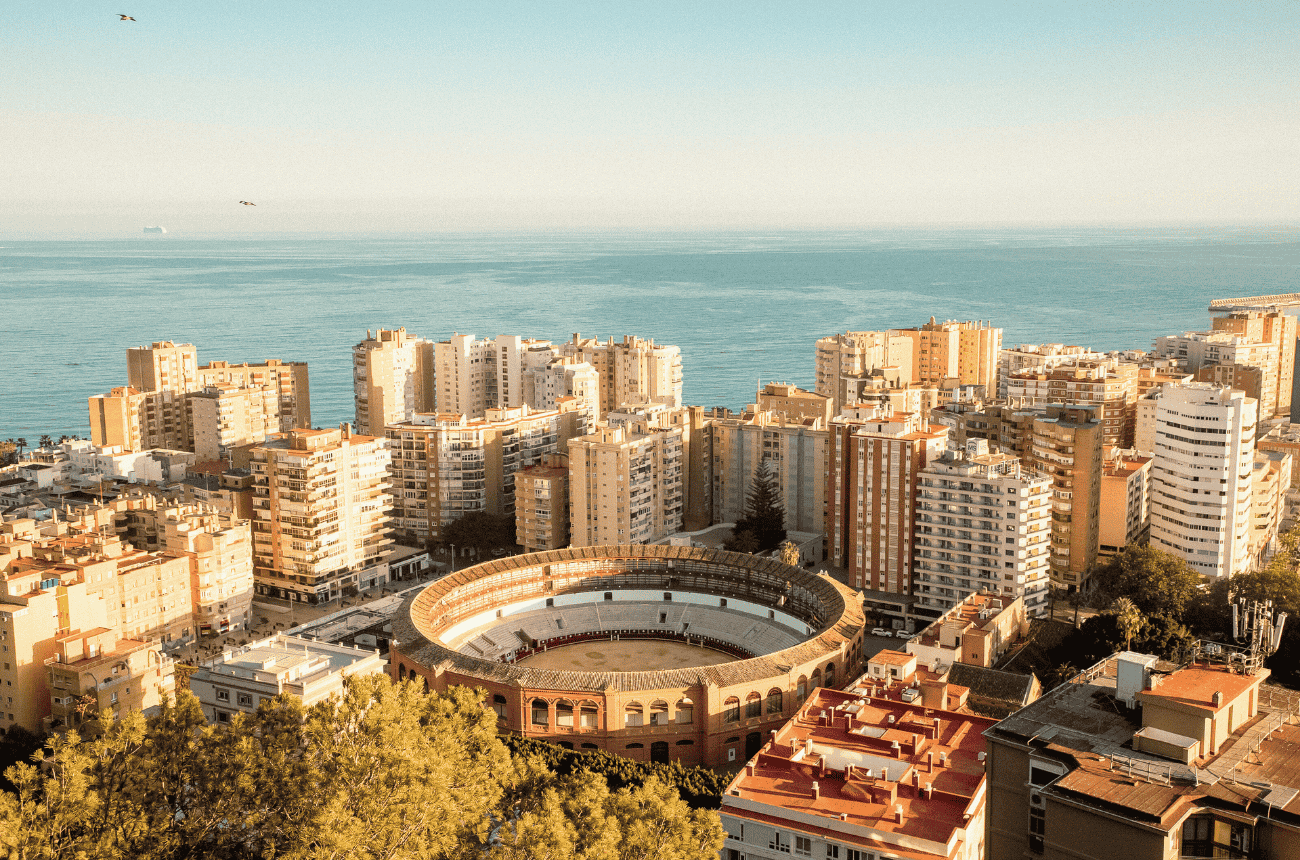
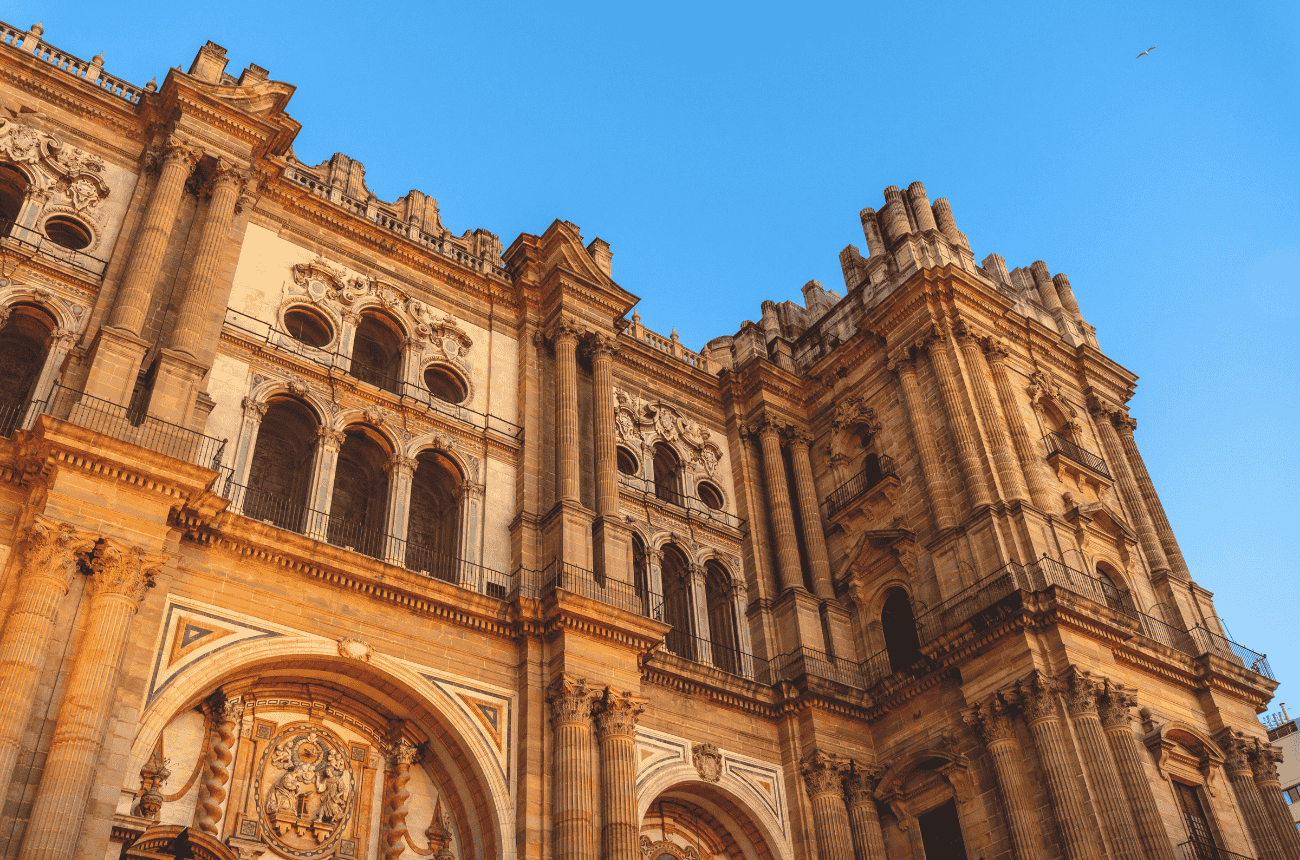

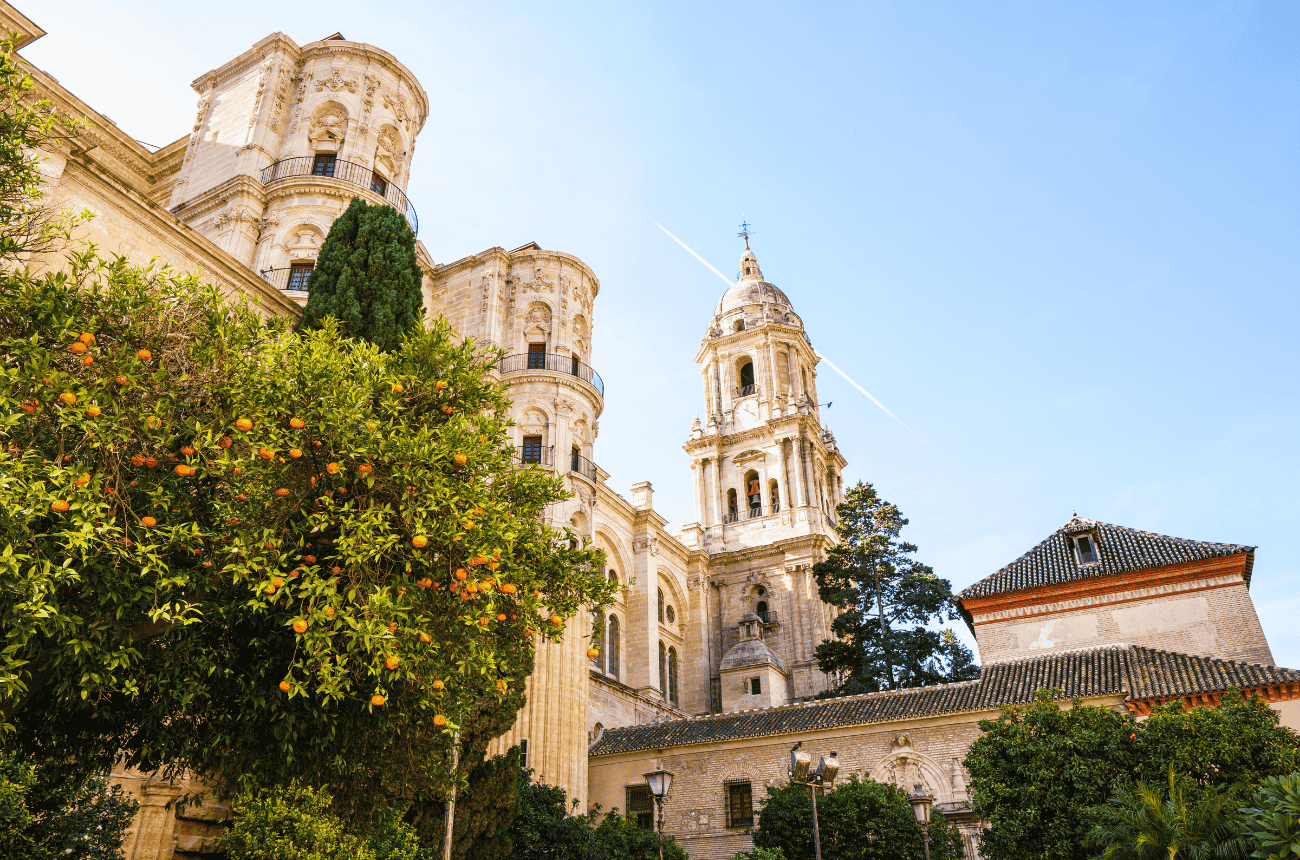
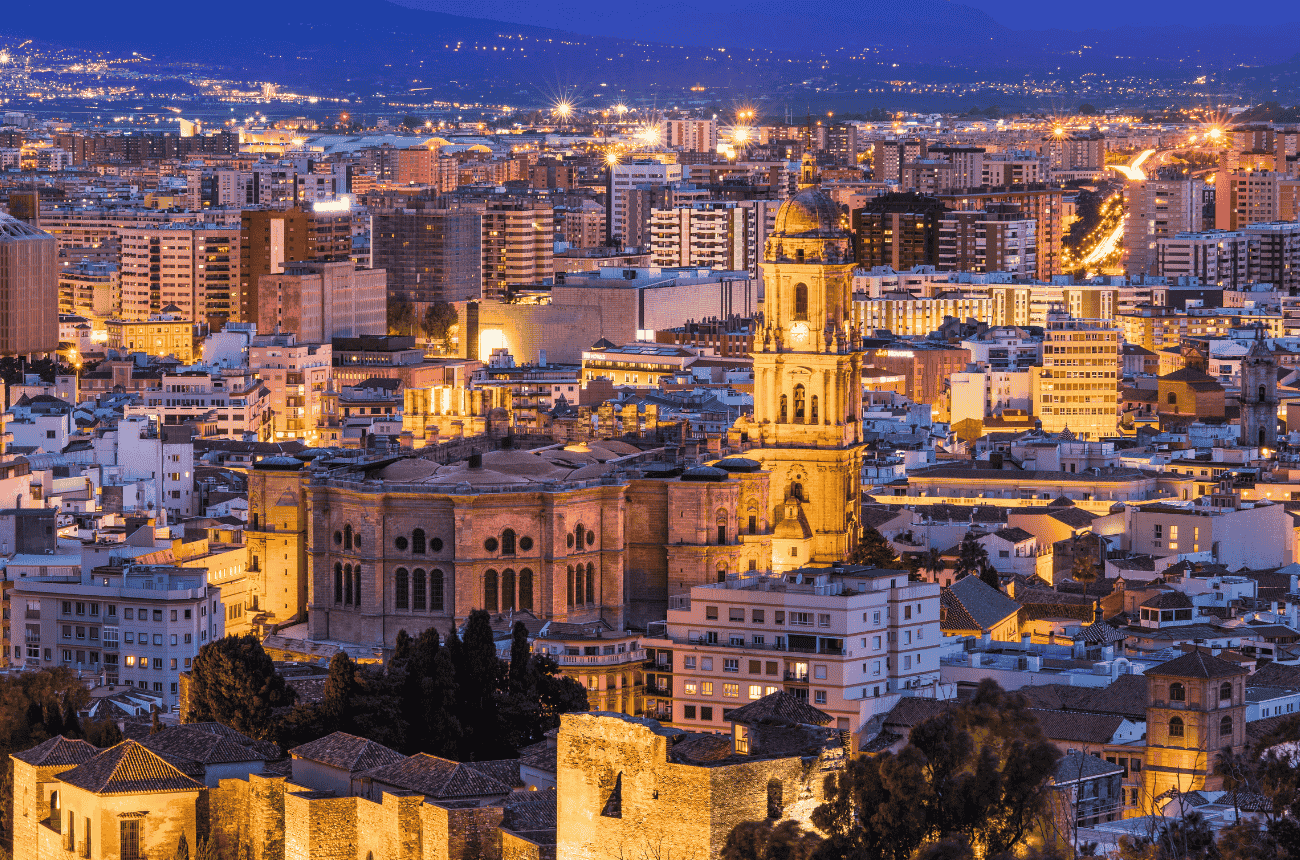
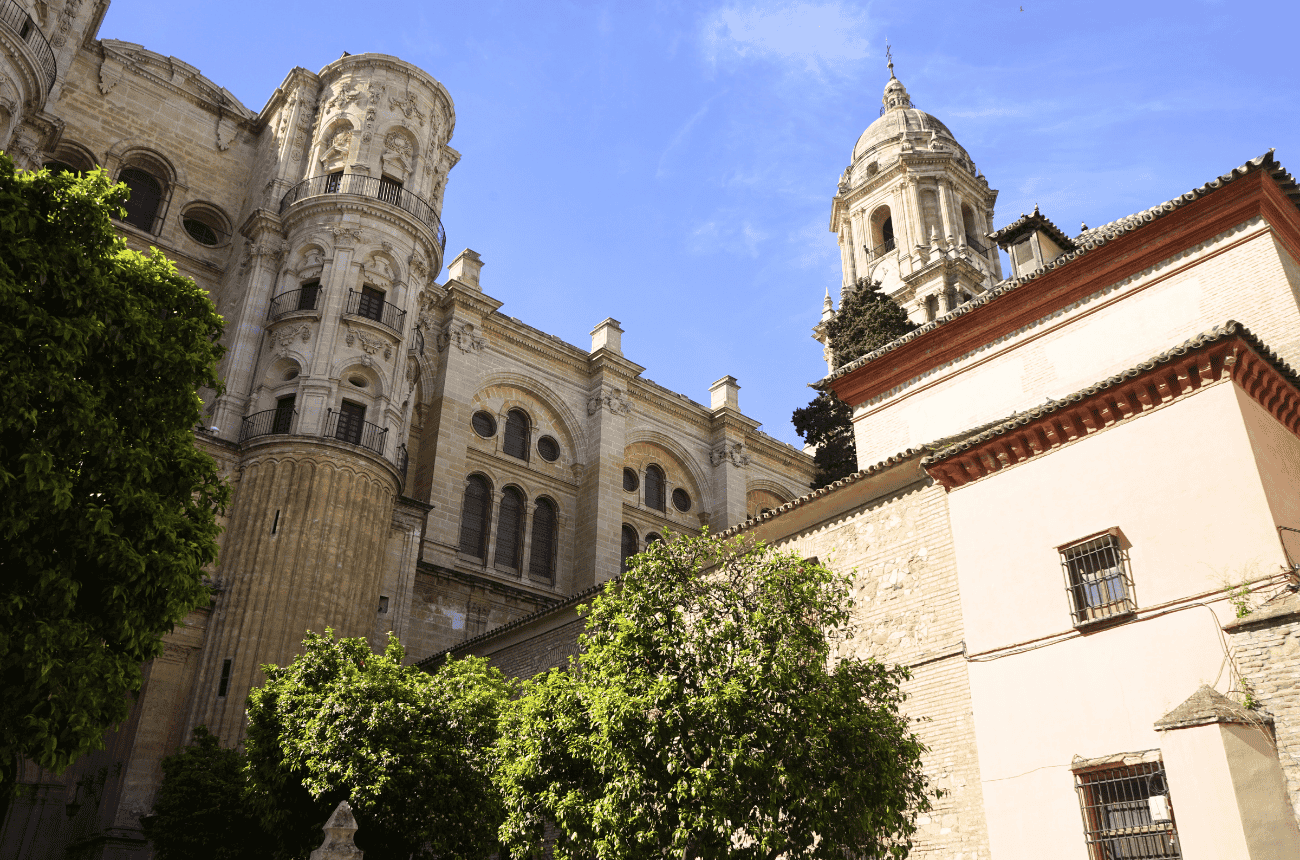
.png)

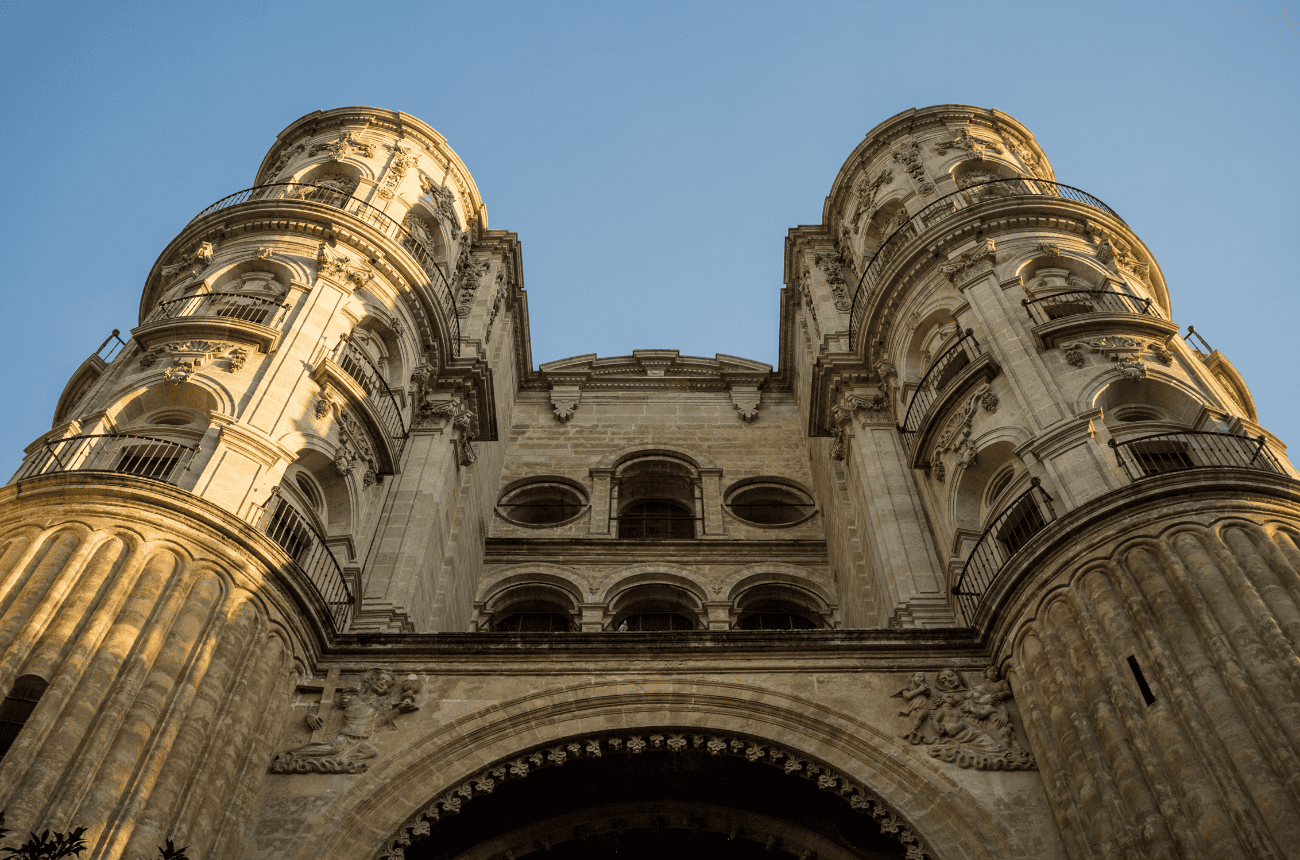
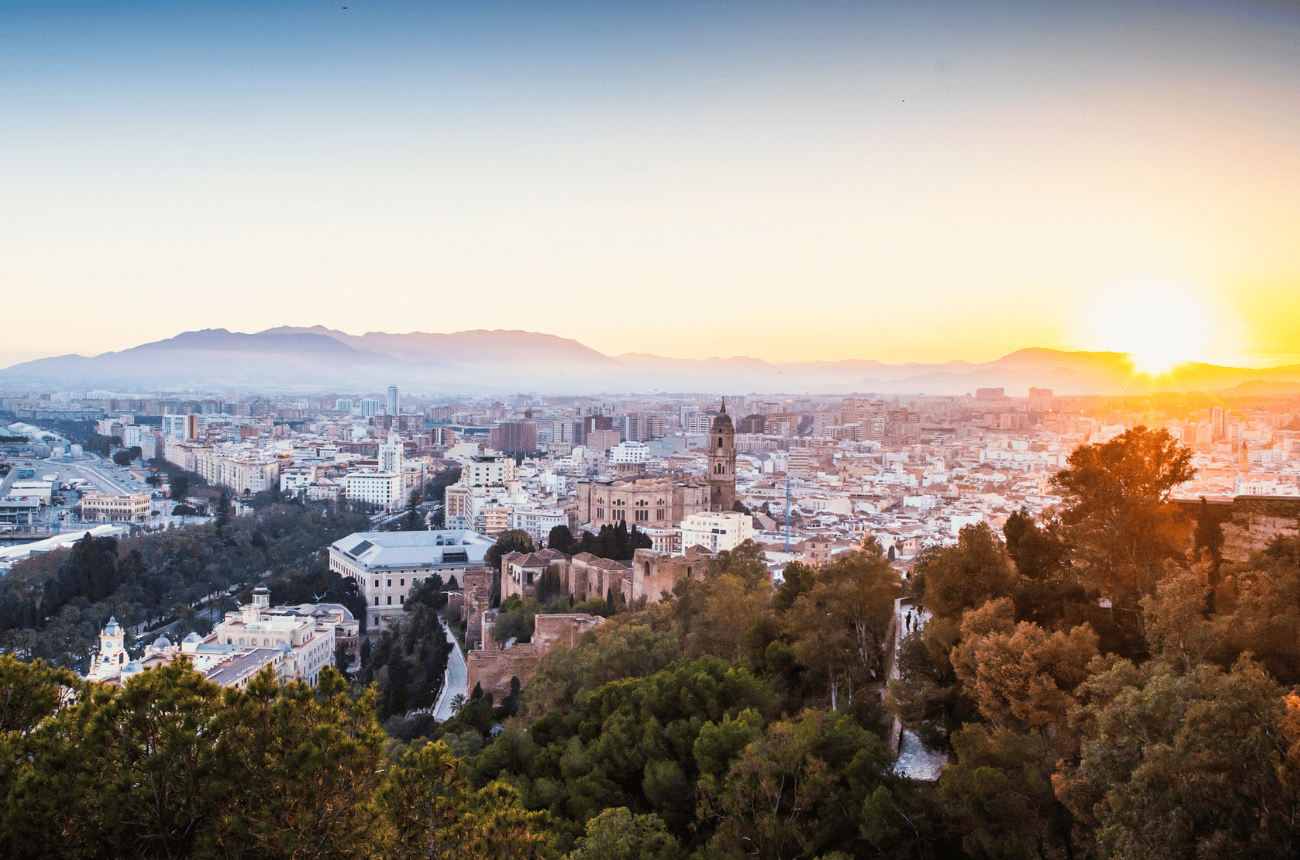
.png)
.png)
